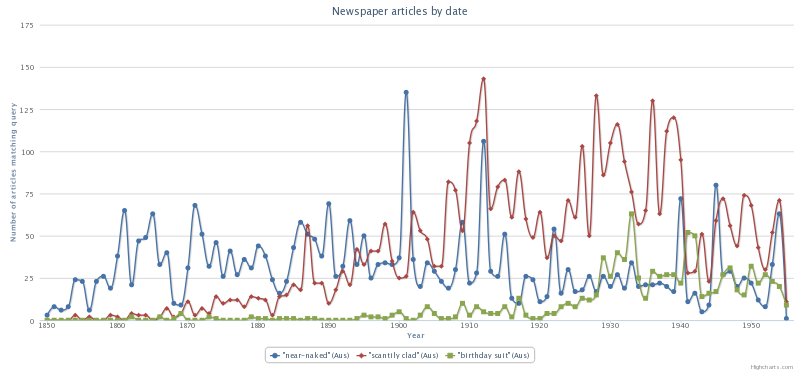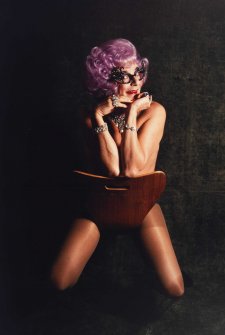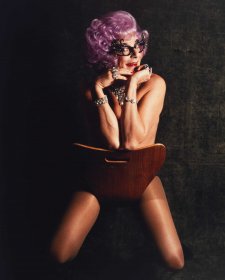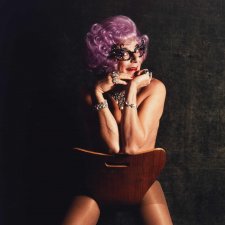When do you reckon each of these terms came into circulation?
- near-naked
- scantily clad
- birthday suit
Turns out that 'near-naked' (the blue line) has been used in Australian newspapers since the 1850s. 'Scantily clad' (red) didn't gain much currency until the late 1800s, but it overtook 'near-naked' in the first half of the 20th century. 'Birthday suit' (green) is the newcomer. It didn't really take off until the 1920s, and it's mostly never been more popular than either 'near-naked' or 'scantily clad'. But for two years during World War II, this term for the naked body was used more than either of the other terms for wearing very little.
We know this because of a neat tool that interacts with Trove.
Interact with the live graph to see the original articles where each term appeared.
















